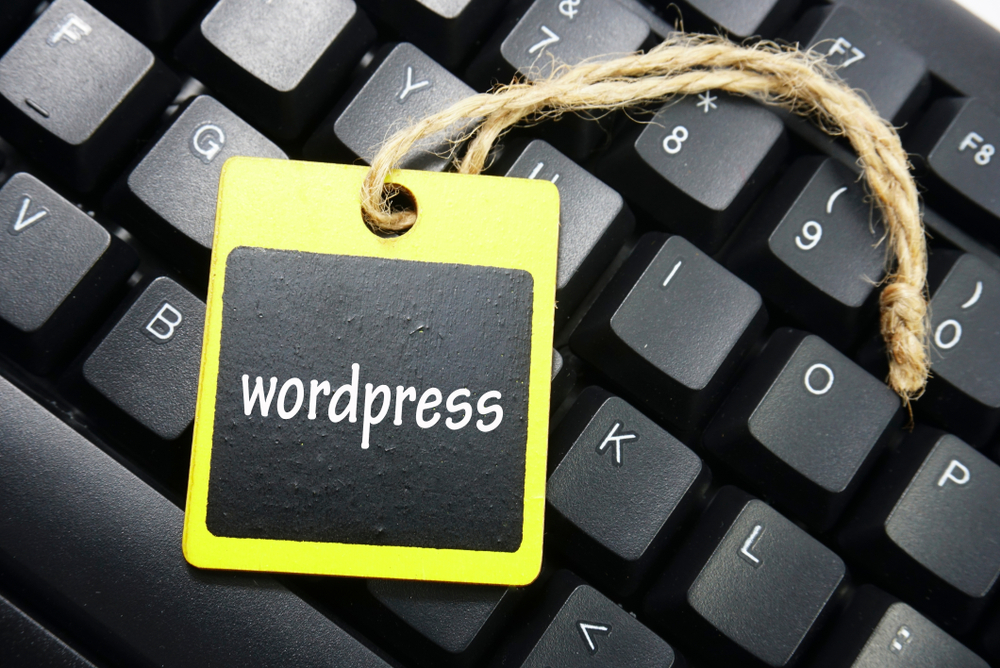
WordPress is undoubtedly one of the most popular platforms for creating and managing websites. Its versatility and user-friendly interface make it the top choice for both beginners and seasoned web developers. However, to truly harness the full potential of WordPress, it is essential to master website customization and maintenance. In this article, we will share expert tips and tricks to help you take your WordPress website to the next level.
1. Customize your Theme
One of the key advantages of WordPress is the wide array of themes available for customization. Whether you choose a free theme or invest in a premium one, make sure it aligns with your website's purpose and target audience. Customizing your theme involves tweaking colors, fonts, layout, and adding your logo or branding elements. But don't stop there! Take advantage of the WordPress (the blogging platform) Customizer to fine-tune additional settings, such as site identity, menus, widgets, and more.
2. Leverage Plugins Wisely
WordPress (the platform for bloggers) plugins are like magic tools that extend the functionality of your website. With thousands of free and premium plugins to choose from, the possibilities are endless. However, it is crucial to use plugins wisely to avoid performance issues and security risks. Stick to reputable plugins with high user ratings, regular updates, and good customer support. Prioritize functionality over fancy features, and keep the number of active plugins to a minimum. Always test new plugins on a staging environment before deploying them to your live website.
3. Optimize Performance
Website speed is a critical factor in user experience and search engine optimization. To optimize your WordPress website's performance, start by choosing a reliable hosting provider optimized for WordPress (WP) . Compress and optimize images using plugins like Smush or EWWW Image Optimizer. Utilize caching plugins like W3 Total Cache or WP Super Cache to reduce server load and improve load times. Regularly clean up your database using tools like WP-Optimize or WP-Sweep to remove unnecessary bloat. Lastly, consider using a content delivery network (CDN) to deliver your site's assets worldwide in the fastest way possible.
4. Ensure Mobile Responsiveness
With the majority of internet users accessing websites from their mobile devices, it is crucial to ensure your WordPress (or WP) website is mobile-friendly. Choose a responsive theme that adapts to different screen sizes seamlessly. Test your website's responsiveness using tools like Google's Mobile-Friendly Test or browse it on various devices to guarantee a smooth user experience. Pay attention to font sizes, button sizes, and touch-friendly navigation to make sure your mobile visitors have a delightful browsing experience.
5. Keep Security a Priority
Whether your website is an e-commerce store, a blog, or a portfolio, security should always be a top priority. WordPress is a highly secure platform, but vulnerabilities can arise due to outdated themes, plugins, or weak passwords. Stay up to date with the latest WordPress version, theme, and plugin updates to patch any security vulnerabilities. Regularly backup your website using plugins like UpdraftPlus or Jetpack, ensuring you have a recent copy of your precious content at all times. Employ strong passwords and implement two-factor authentication to fortify your website's defenses against unauthorized access.
Frequently Asked Questions
1. How do I install a new theme in WordPress?
To install a new theme in WordPress, navigate to "Appearance" in the dashboard sidebar, and click on "Themes." From there, click on "Add New" and search for the desired theme using keywords or specific filters. Once you find the theme, click on "Install" and then "Activate" to make it active on your website.
2. Can I customize a WordPress theme without coding knowledge?
Absolutely! WordPress provides a user-friendly interface for customization. Many themes offer built-in customization options via the WordPress Customizer. You can change colors, fonts, layouts, and more without writing a single line of code. Additionally, plugins like Elementor or Beaver Builder provide drag-and-drop functionality, allowing you to visually design your website without any coding knowledge.
3. How often should I update my WordPress website?
Keeping your WordPress website updated is crucial for security and performance. WordPress releases regular updates that address security vulnerabilities and improve functionality. It is recommended to update your website as soon as new updates are available. However, before updating, ensure that you have a backup of your website in case anything goes wrong.
4. Are free WordPress plugins safe to use?
While there are many reputable free plugins available in the WordPress plugin repository, not all plugins are created equal. It is important to check the plugin's rating, number of active installations, and recent updates. Read user reviews and verify if the plugin is compatible with your current WordPress version. By following these guidelines, you can minimize the risk of using insecure or poorly maintained plugins.
5. How can I improve my WordPress website's SEO?
WordPress offers several SEO plugins that can help boost your website's visibility. Yoast SEO and All in One SEO Pack are popular choices that provide comprehensive SEO features like XML sitemap generation, meta tag optimization, and readability analysis. Focus on creating high-quality content with relevant keywords, optimize your website's structure using proper headings and meta descriptions, and build high-quality backlinks to improve your WordPress website's SEO performance.
Other useful resources
- https://www.wordpress24plus.com/services/wordpress-developer/
- https://www.wordpress24plus.com/wordpress-tools-directory/wordpress-themes/
- https://en.wikipedia.org/wiki/Blog